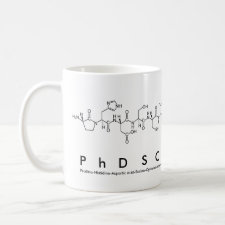
Authors: Tamayo FG, Casillas JL, Martin-Esteban A
Article Title: Highly selective fenuron-imprinted polymer with a homogeneous binding site distribution prepared by precipitation polymerisation and its application to the clean-up of fenuron in plant samples.
Publication date: 2003
Journal: Analytica Chimica Acta
Volume: 482
Issue: (2)
Page numbers: 165-173.
DOI: 10.1016/S0003-2670(03)00213-7
Abstract: In the present study, two different imprinted polymers were synthesised by precipitation polymerisation using methacrylic acid (MAA) or 4-vinylpyridine (VP) as monomer and fenuron (FEN, a phenylurea herbicide) as template. After template removal, their ability to recognise fenuron was evaluated and the optimum loading, washing and elution conditions were established. From this study, it was concluded that imprinted binding sites were not formed in the vinylpyridine-based polymer. However, methacrylic acid-based polymer was able to recognise fenuron with high affinity and to selectively retain it from a mixture of several phenylurea herbicides. In addition, different rebinding experiments were carried out and the experimental binding isotherms were fitted to the Langmuir- Freundlich (LF) isotherm in order to assess the binding site distribution. It was concluded that the methacrylic acid-based polymer possesses a homogeneous binding site distribution and permits to achieve quantitative recoveries in a wide concentration range in molecularly imprinted solid-phase extraction (MISPE) processes. The developed MISPE procedure using methacrylic acid-based polymeric micro-spheres was evaluated for the trace-enrichment and clean-up of fenuron from plant sample extracts. (C) 2003 Elsevier Science B.V. All rights reserved



Join the Society for Molecular Imprinting

New items RSS feed
Sign-up for e-mail updates:
Choose between receiving an occasional newsletter or more frequent e-mail alerts.
Click here to go to the sign-up page.
Is your name elemental or peptidic? Enter your name and find out by clicking either of the buttons below!
Other products you may like:
 MIPdatabase
MIPdatabase









